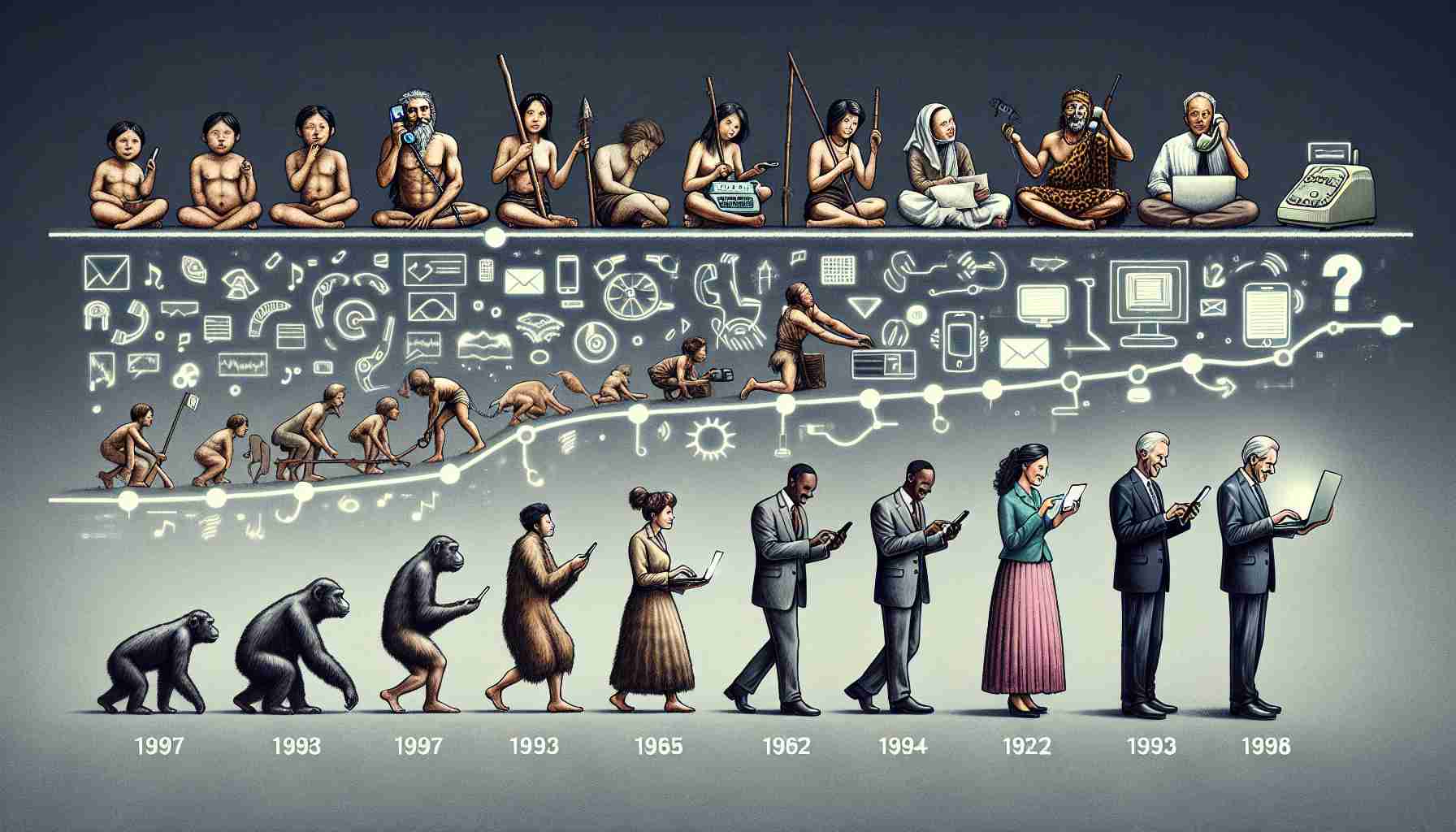In a groundbreaking shift for the fashion industry, a new era of sustainable practices is emerging among top fashion houses worldwide. With a shared commitment to reducing environmental impact, leading brands are pioneering the use of eco-friendly materials and ethical manufacturing processes, setting a new standard for the future of fashion.
Noteworthy designers such as Stella McCartney and Eileen Fisher have been at the forefront of this movement, advocating for transparency and sustainability in every step of the production chain. By emphasizing the importance of fair labor practices and eco-conscious sourcing, these brands are reshaping the landscape of the fashion industry.
Gone are the days of excessive waste and carbon footprints; instead, the focus is on creating timeless pieces that are both luxurious and environmentally responsible. Consumers are increasingly demanding ethical fashion choices, driving this shift towards a more sustainable and mindful approach to style.
While the transition to sustainable fashion may present challenges, the long-term benefits far outweigh any initial obstacles. By embracing innovation and creativity, fashion brands can thrive in a world where sustainability is not just a trend but a fundamental pillar of success.
The Rise of Sustainable Fashion Continues to Shape the Industry
In the ongoing movement towards sustainable fashion, there are key questions and challenges that continue to drive the conversation and shape the industry in profound ways.
What are some lesser-known facts about sustainable fashion that are crucial for consumers to consider?
One crucial aspect often overlooked is the impact of microplastics released during the production and washing of synthetic fabrics. These tiny plastic particles can contribute to ocean pollution and harm marine life. Additionally, the water and chemical-intensive process of dyeing fabrics can have significant environmental consequences if not managed responsibly.
What are the key challenges facing brands that are striving to adopt sustainable practices?
One major challenge is the tension between sustainability and profitability. While sustainable materials and manufacturing processes may come at a higher cost initially, some brands struggle to balance the financial implications with the growing demand for eco-conscious products. Moreover, ensuring complete transparency throughout the entire supply chain can be a complex task, especially for larger fashion houses with multiple production partners.
What advantages do sustainable fashion brands have over traditional counterparts?
Sustainable fashion brands have a unique opportunity to build strong brand loyalty among consumers who prioritize ethical and environmental considerations in their purchasing decisions. By positioning themselves as champions of sustainability, these brands can differentiate themselves in a crowded market and attract a growing segment of conscious consumers. Additionally, embracing sustainability can lead to innovations in design and production processes, fostering creativity and setting new trends in the industry.
What are some potential disadvantages of the shift towards sustainable fashion?
One potential disadvantage is the challenge of scalability. As more brands transition towards sustainable practices, there may be limitations in the availability of sustainable materials and manufacturing capabilities to meet the growing demand. This could result in supply chain disruptions and higher prices for sustainable products, potentially excluding certain consumers who cannot afford premium eco-friendly options.
Overall, the rise of sustainable fashion presents both opportunities and challenges for brands seeking to make a positive impact on the environment and society. By addressing key questions, understanding the complexities of the industry, and adapting to changing consumer preferences, fashion houses can navigate the path towards a more sustainable future.
For further insights on sustainable fashion and related topics, visit Business of Fashion for comprehensive coverage of industry trends and innovations.






















